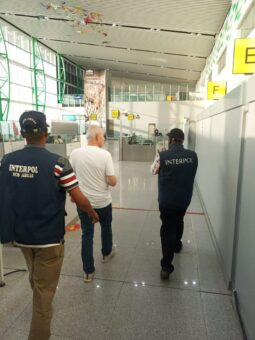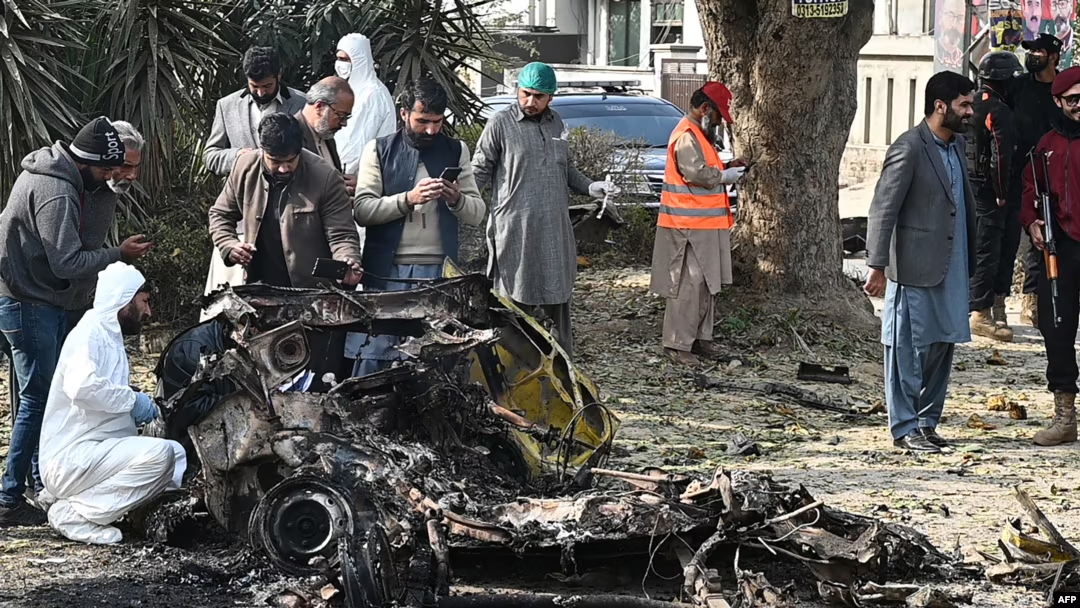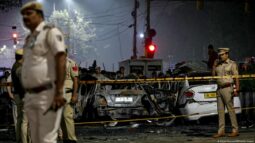Poverty remains a pervasive issue in Pakistan, affecting millions of lives and posing a significant barrier to the country’s development. Despite efforts to alleviate it, poverty in Pakistan is deeply entrenched, driven by structural, economic, and social factors. While progress has been made in certain areas, the persistence of poverty suggests it will not end soon. This article explores the causes of poverty in Pakistan and the reasons why it continues to endure. The State of Poverty in Pakistan.
According to the World Bank, approximately 24% of Pakistan’s population lived below the national poverty line in 2023, with rural areas being disproportionately affected compared to urban centers. The Multidimensional Poverty Index (MPI), which measures deprivations in health, education, and living standards, indicates that over 38% of Pakistanis face multidimensional poverty. This translates to millions lacking access to basic necessities such as clean water, healthcare, education, and adequate housing. Poverty in Pakistan is not just a matter of low income but also encompasses limited opportunities, social exclusion, and vulnerability to shocks such as natural disasters, economic instability, and political crises. Rural areas, where agriculture is the primary livelihood, face higher poverty rates due to low productivity, limited access to markets, and dependence on unpredictable weather patterns.
Root Causes of Poverty in Pakistan
Economic Instability and Inequality
Pakistan’s economy has faced persistent challenges, including high inflation, a growing fiscal deficit, and reliance on external borrowing. Frequent economic crises, exacerbated by global events like the COVID-19 pandemic and fluctuating oil prices, have hit low-income households the hardest. Inflation erodes purchasing power, making basic goods unaffordable for many. Additionally, income inequality remains stark, with wealth concentrated among a small elite, limiting the trickle-down effects of economic growth.
Unemployment and Underemployment
High unemployment and underemployment rates are significant contributors to poverty. Pakistan’s labor market struggles to absorb its growing youth population, with many young people either unemployed or engaged in low-paying, informal jobs. The lack of industrial diversification and investment in job-creating sectors further limits opportunities for stable employment.
Low Agricultural Productivity
Agriculture employs nearly 40% of Pakistan’s workforce, yet the sector is plagued by inefficiencies, outdated farming techniques, and inadequate infrastructure. Small-scale farmers, who form the backbone of rural economies, often lack access to credit, modern technology, and markets. Climate change-induced challenges, such as floods and droughts, further reduce agricultural yields, trapping rural communities in cycles of poverty.
Education and Skill Gaps
Pakistan’s education system faces significant challenges, including low enrollment rates, high dropout rates, and poor quality of education. According to UNESCO, Pakistan has one of the world’s highest numbers of out-of-school children, with over 22 million children not attending school. Limited education and skills training perpetuate low employability, keeping families in poverty across generations.
Gender Disparities
Gender inequality exacerbates poverty, particularly in rural areas. Women in Pakistan face restricted access to education, healthcare, and employment opportunities due to cultural norms and systemic barriers. Female labor force participation remains low, and women are often relegated to unpaid or low-paying work, limiting household income and economic mobility.
Political Instability and Governance Issues
Political instability, corruption, and weak governance have hindered effective poverty alleviation efforts. Mismanagement of resources, lack of accountability, and inconsistent policies have undermined initiatives aimed at addressing poverty. Public trust in institutions is low, and resources often fail to reach the most vulnerable populations.
Population Growth
Pakistan’s population growth rate, one of the highest in South Asia, places immense pressure on resources and infrastructure. With a population exceeding 240 million and growing, the demand for jobs, healthcare, and education outpaces supply, making it difficult to lift large segments of the population out of poverty.
Why Poverty Will Not End Soon
Despite various poverty reduction programs, such as the Benazir Income Support Programme (BISP) and Ehsaas, several structural and systemic issues suggest that poverty in Pakistan will persist in the near future:
Slow Economic Reforms
Pakistan’s economic challenges, including its reliance on IMF bailouts and external debt, limit the government’s ability to invest in social welfare and infrastructure. Structural reforms, such as improving tax collection and reducing subsidies for the elite, face resistance from powerful interest groups, slowing progress.
Climate Vulnerability
Pakistan is one of the most climate-vulnerable countries in the world. The devastating floods of 2022, which affected over 33 million people and caused billions in damages, underscored the country’s susceptibility to climate-related disasters. Such events disproportionately harm the poor, destroying livelihoods and pushing families deeper into poverty.
Weak Implementation of Policies
While poverty alleviation programs exist, their impact is limited by bureaucratic inefficiencies, corruption, and lack of coordination. Funds often fail to reach intended beneficiaries, and programs lack the scale and sustainability needed to address poverty comprehensively.
Social and Cultural Barriers
Deep-rooted social norms, particularly around gender and caste, continue to restrict access to opportunities for marginalized groups. Without addressing these cultural barriers, efforts to reduce poverty will remain incomplete.
Global Economic Pressures
Pakistan’s economy is heavily influenced by global factors, such as rising fuel and food prices. These external pressures exacerbate domestic challenges, making it harder for the government to stabilize the economy and prioritize poverty reduction.
The Way Forward
Addressing poverty in Pakistan requires a multifaceted approach. Investments in education and vocational training can equip the youth with skills for a competitive job market. Agricultural reforms, including access to modern technology and climate-resilient crops, can boost rural incomes. Strengthening governance, reducing corruption, and ensuring equitable resource distribution are critical for effective policy implementation. Additionally, empowering women through education and economic opportunities can have a transformative impact on households and communities.
International support, including climate adaptation funding and debt relief, could provide Pakistan with the resources needed to tackle poverty more effectively. However, without sustained political will and structural reforms, progress will remain slow.
Conclusion
Poverty in Pakistan is a complex, multidimensional issue rooted in economic, social, and political challenges. While there have been efforts to address it, the persistence of structural barriers, coupled with external pressures like climate change and global economic instability, suggests that poverty will not end soon. For meaningful change, Pakistan must prioritize long-term, inclusive policies that address the root causes of poverty and empower its most vulnerable populations. Without such measures, the cycle of poverty will continue to trap millions, hindering the nation’s development and stability.







